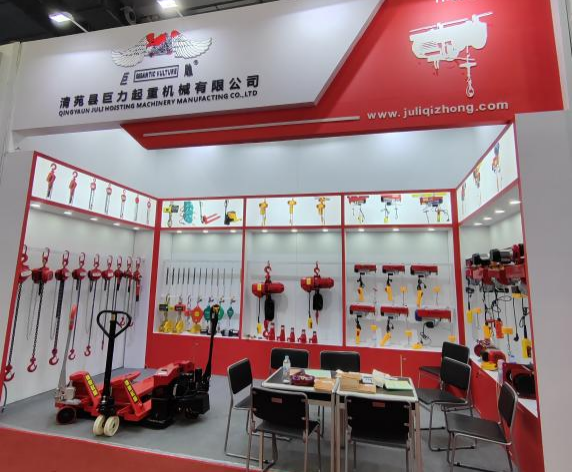


Understanding the Importance of Anti-Fall Devices
In an increasingly aging population, the safety and well-being of elderly individuals have become paramount. One of the significant concerns faced by this demographic is the risk of falls, which can lead to severe injuries, extended hospital stays, and a subsequent decline in quality of life. Anti-fall devices are designed to address these issues, providing both security and independence to older adults and peace of mind to their families.
Anti-fall devices encompass a wide range of products, including mobility aids, wearables, and smart home technology. Mobility aids, such as walkers and canes, are traditional tools that have been used for years. These aids help provide stability and support, allowing seniors to move around with confidence. However, technology has evolved, leading to more sophisticated solutions. For example, wearable devices equipped with sensors can detect when a person falls and send immediate alerts to caregivers or emergency services. Such timely intervention can be crucial in preventing further complications.
Smart home technology also plays a vital role in fall prevention. Devices such as motion sensors, smart lighting, and automated alert systems can help create an environment that minimizes fall risks. For instance, lights that automatically turn on when someone enters a room can prevent trips and falls in the dark. Additionally, some homes are now equipped with intelligent monitoring systems that can learn an individual’s routine and alert friends or family when there are deviations, indicating that something may be wrong.

Beyond the physical devices, education about fall prevention is essential. Many falls can be prevented through simple lifestyle changes, such as maintaining a regular exercise regimen to strengthen muscles and improve balance. Educational programs aimed at seniors and their caregivers can teach strategies to mitigate risks, such as keeping living spaces clutter-free and ensuring that rugs are secured.
While anti-fall devices are an excellent step toward enhancing safety, it is crucial that they are integrated into a broader approach that includes health maintenance, environmental modifications, and social support
. Health professionals play a vital role in assessing individual needs and recommending appropriate devices that suit each person's lifestyle and capabilities.In conclusion, anti-fall devices are a critical component in the ongoing effort to ensure the safety and independence of seniors. By embracing technology, fostering education, and promoting a culture of prevention, we can significantly reduce the incidence of falls, thereby improving the quality of life for the elderly population. As society continues to innovate, it is essential to prioritize the safety net for our seniors, allowing them to live their golden years with dignity and confidence.



